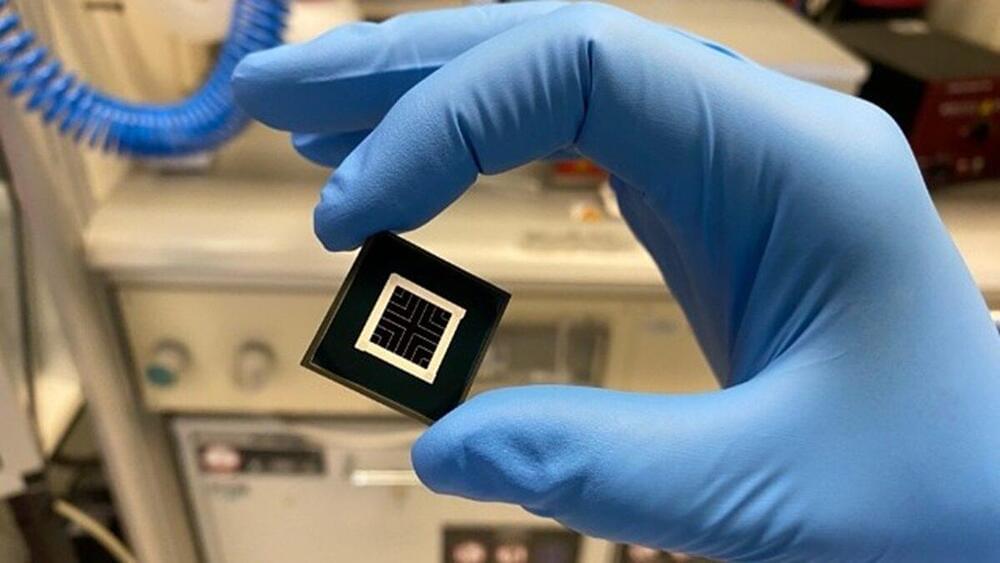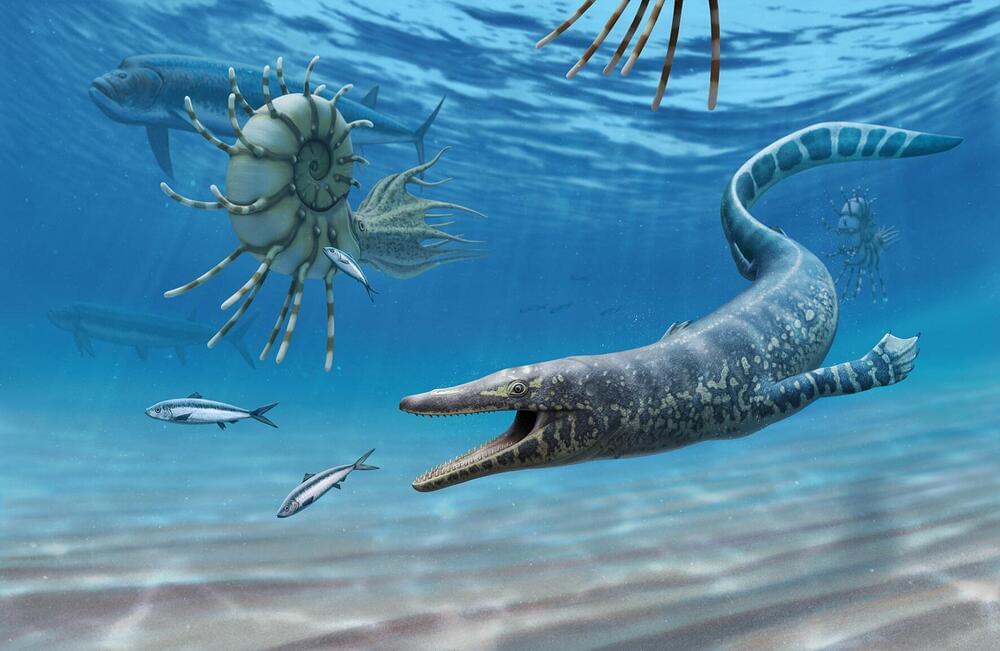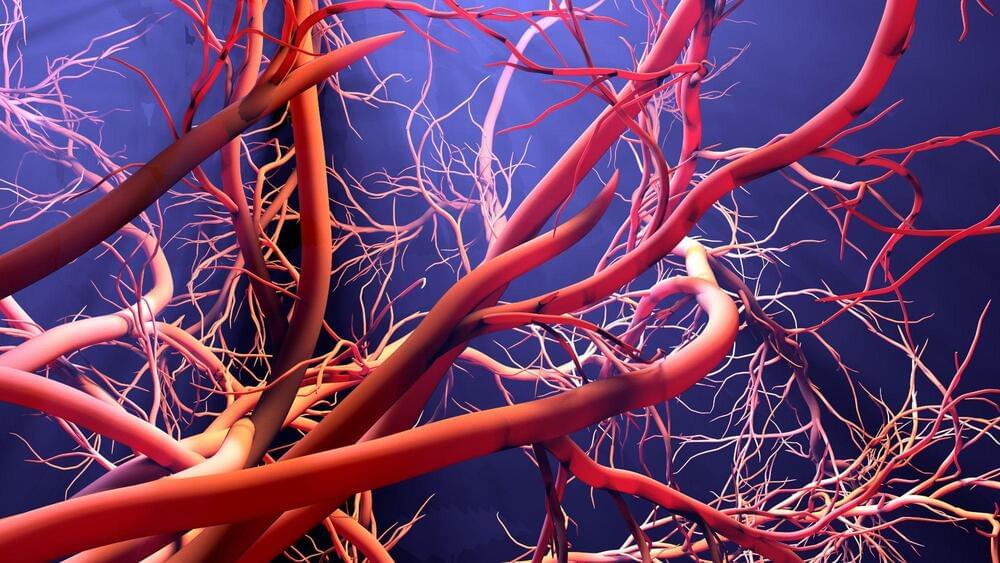The researchers produced new materials with perovskite crystal structures and compared them with existing materials at the cell level, concluding that high efficiencies can only be achieved with lead perovskites. They then fabricated highly efficient demonstrators, such as a perovskite silicon tandem solar cell of more than 100 sq cm with screen-printed metallization.
The project also included the development of a scalable perovskite-silicon tandem solar cell that achieved a 31.6% power conversion efficiency, first announced in September. The Fraunhofer researchers used a combination of vapor deposition and wet-chemical deposition to ensure an even deposition of the perovskite layer on the textured silicon surface. “Close industrial cooperation is the next step in establishing this future technology in Europe,” said Professor Andreas Bett, coordinator of the project.





